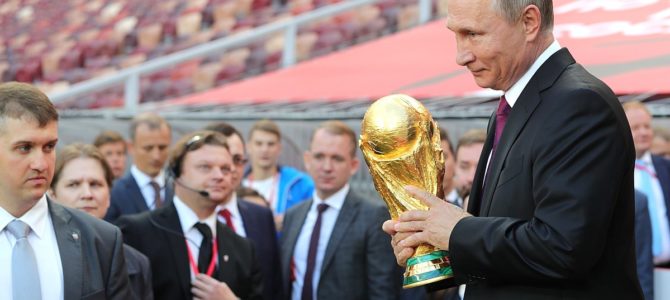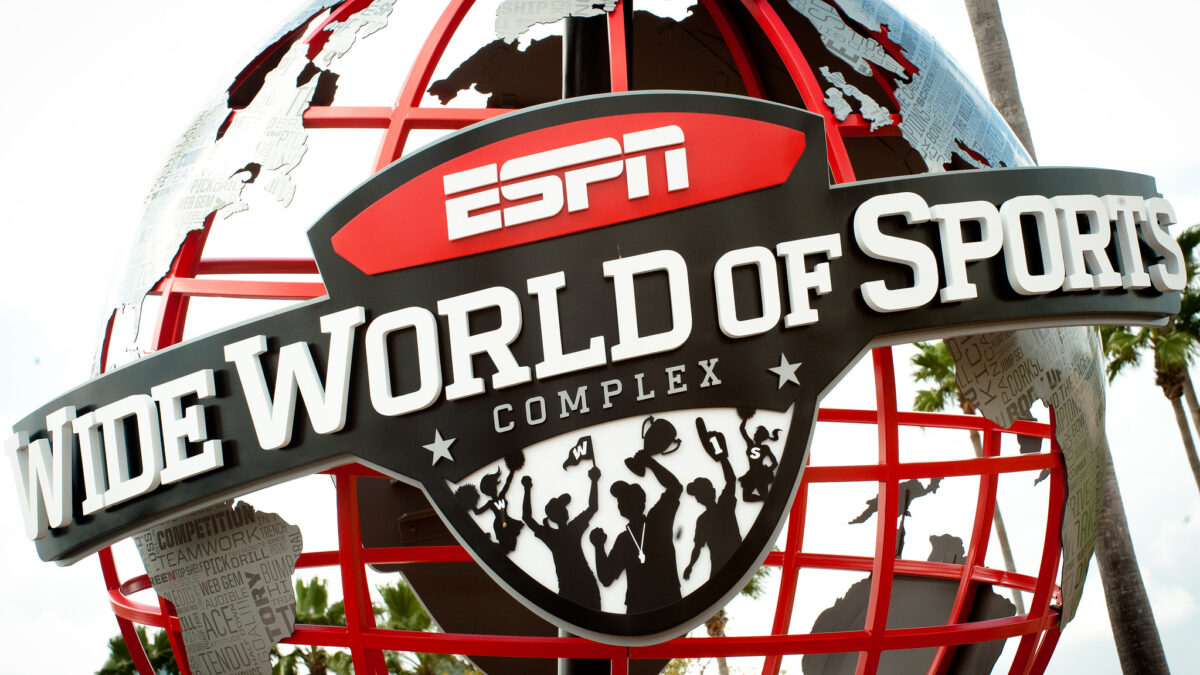
The 2018 World Cup has the potential to offer as much intrigue off the field as on it. There will be plenty to watch, without even considering international relations. Here are merely five.
1. Racism
Russia has a serious racism problem that it looks completely disinterested in fixing. Both club and international matches have featured such lowlights as monkey chants and bananas thrown at black players. As recently as March, Russian fans were accused of hurling racist chants at black players.
FARE, a group seeking racial equality in football, says there were “89 racist and far-right incidents at Russian games in the 2016-17 season.” England defender Danny Rose has told his family not to go to the World Cup due to fears of racist abuse.
So far, FIFA has only punished Russia for this behavior with meager fines and stern words. FIFA’s exuberant impotence was exemplified recently when it fined England £16,000 because a youth player consumed the wrong energy drink, although it had fined Russia £22,000 for racist incidents just months before.
2. Homophobia
Homophobic incidents likely won’t garner the attention that racist incidents will, largely because any issues will occur away from cameras. While Qatar’s 2022 World Cup hosting may generate the most angst on this front, Russia plenty of issues as well.
This headline sums it up nicely (emphasis mine): “Russia aims for LGBT tolerance during upcoming World Cup.” FARE has warned World Cup-attending same-sex couples to not hold hands in public. Homosexuals in Chechnya have been subject to beatings and torture.
Russia will, however, allow rainbow symbols at the World Cup in spite of the country’s anti-gay propaganda law. On the other hand, Cossack volunteers in Rostov-On-Don (which will host five matches) plan “to report gay World Cup visitors kissing” to police.
3. Hooliganism
Sam Borden at ESPN wrote an excellent piece on the hooligan culture in Russia. In short, the more intense supporters’ groups (often called ultras) brawl in the woods, instead of streets and stadiums. The choice line: “These fights have no written rules or regulations, have no certified referees or officials, and while it is generally considered gauche to murder someone at one of these fights, everything short of that is pretty much fine.”
FIFA’s head of security insists that the World Cup is “safe and secure.” But the specter of 2016’s European Championships lingers, where Russian and English fans fought in the streets of Marseille and in the stadium during a match. The violence was so bad that the Union of European Football Associations (UEFA) threatened to kick Russia completely out of the tournament. It’s always an empty threat, but it says something that they felt the need to make it.
Russian fans caused trouble at Euro 2012 as well, with charges of racism, crowd disturbances, and violence leading to a fine and a suspended points deduction for the next round of Euro qualifying. Considering Russia’s recent history, it’s hard to imagine its balaclava-clad neo-Nazis will simply decide to take the month off.
4. Infrastructure
The media spills plenty of ink on the true cost of hosting major sporting events, the price a country pays beyond just the dollar amount of building stadiums. This can range from taxpayer-funded facilities that quickly fall into decrepitude to forcibly removing undesirables from tourist spots to Qatar’s stadium slave labor.
Russia has so far avoided issues regarding the actual price of hosting the World Cup. But it has come under scrutiny for its alleged use of North Koreans and other immigrant labor to construct stadiums and treating them “like prisoners of war.” In addition, seven World Cup host cities have issued calls to kill stray dogs. These dogs aren’t just “put to sleep.” Also, if you’re going to the World Cup, stick to trains.
Russia also has a state-sponsored doping problem. The McLaren Report on Russian doping included soccer players. Its entire 2014 World Cup team was under investigation at one point. Conveniently, FIFA dismissed the doctor investigating Russia in December. And FIFA recently cleared the Russian team. But, if I may editorialize, come on.
5. The United States Soccer Media Complex
Fox Sports paid $400 million for the rights to broadcast the 2018 and 2022 World Cups. For comparison, ESPN paid $100 million for the rights to the 2010 and 2014 World Cups. But Fox bid assuming, like everyone else, that the United States would qualify. As of October 2017, they were expecting to miss out on $20 million in ad revenue thanks to the United States’ failure.
Fox will likely push Mexico hard to make up the difference. It’s a tall order, considering that nine of the 15 most-watched soccer games in the United States feature a U.S. team. America-focused soccer podcasts, writers, and books all rely on the quadrennial bump the World Cup provides, and will likely suffer from the United States’ absence.
American players will miss out on endorsement deals and other promotions, like the talk show circuit. Bars, an increasingly prominent place for American World Cup matches, could miss out on tens of thousands of dollars. The sport will survive here, of course. But it will take a big hit.









